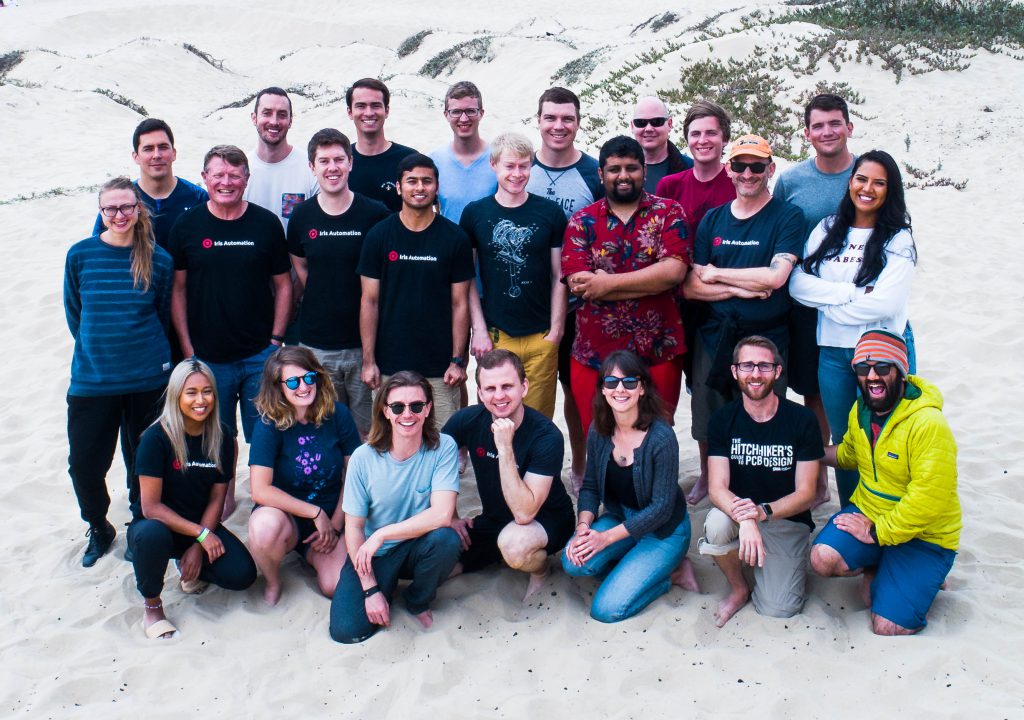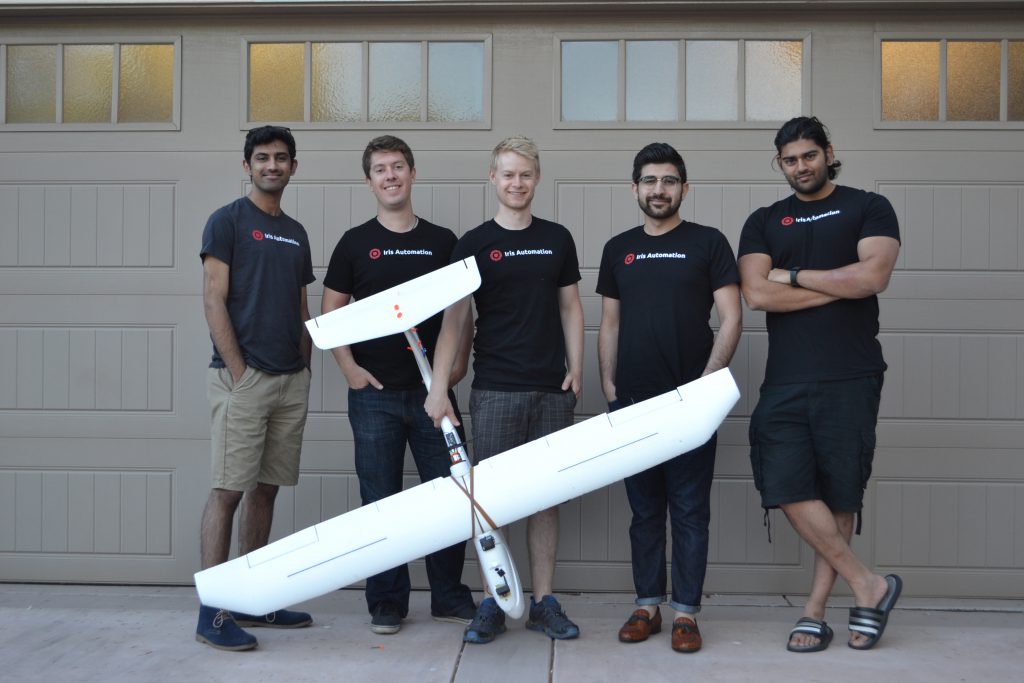CEO Alex Harmsen and CTO James Howard open up about D&I

What does diversity and inclusion mean to you?
Alex: To me, the single largest contribution from diversity is creative thought. Very simply, without diversity in thought, experience, culture, and background, the company would stagnate – we just wouldn’t be able to achieve our vision.
James: Diversity and inclusion is a way to break out of the pattern of your own cultures, traditions, experiences, and thoughts and discover new and exciting paths forward that would never have been considered otherwise. I’m always excited to find myself in a situation where I realize that I’m considering a new idea or trying something that had never remotely occurred to me before. Whether the realization is in my professional or personal life, that moment is always an indicator of learning and growth.
“It’s understanding that everyone learns, communicates and expresses themselves in a unique way.”
Alex: It’s understanding that everyone learns, communicates, and expresses themselves in a unique way. We have encouraged employee-run events, such as an Iftar dinner [the meal eaten after sunset during Ramadan], and have generous parental leave benefits, flexible working hours, and very open all-team town hall meetings. We’ve by no means solved it all, but we consciously work to engage and push the team to be curious and inclusive as we continue to scale.
What led to prioritizing diversity and inclusion at Iris?
Alex: The company is growing very quickly– by over 100% in the last 10 months. We’re very focused on scaling our recruitment and building out the best team, while keeping the bar high for both talent and culture. A while back we recognized that, like many tech startups, certain demographics were overrepresented on our team. Without digging into why that was and putting resources towards attracting a wider variety of candidates, it might have become a runaway problem during such a rapid period of growth.
I’m proud to be part of a team that’s bucking the status quo.
James: Aviation and aerospace are not historically diverse industries, and it can be very apparent at times. At Iris, with a growing team of diverse individuals regularly attending industry events and conferences, it’s sometimes striking to notice that the only woman in the room or in the photo is from our team. It can be strange to see in person the trends that we intellectually know exist. I’m proud to be part of a team that’s bucking the status quo.
What challenges have you run into with diversity and inclusion at Iris?
Alex: Unfortunately in America right now, diversity has become a word with certain negative connotations for some people. Implementing policies and encouraging the team to adopt a more holistic stance about diversity and inclusion has been harder than I originally anticipated, and it has to be done in a way to make sure that people don’t think you’re just buying into the latest trend.
James: From the outset, Iris has been an international team. We founded the company abroad and almost all of our early team members were themselves from or living in other countries, so we’ve spent a lot of time, money, and effort towards immigration to the U.S. Every day I see that our work has been worth it ten times over and more. Having been able to assemble a team of the world’s best and brightest from so many cultures has exposed us all to such a diversity of thought, opinion, and expertise which has fostered a company culture we all love to be a part of.

The Iris team in 2016
How has diversity and inclusion been meaningful to you?
Alex: One practice I particularly appreciate is that we all regularly participate in ‘gratitude circles.’ Members of the team go around giving appreciation or congratulations to others, and sometimes call each other out on a fantastic job they’ve done recently. Recognition is one of our company values, and this is a simple way to recognize every team member and show the many ways that each of them make an impact in the organization. I am often surprised at the depth and emotional reach that this activity has.
Is there anything about diversity & inclusion you wish you’d known or realized earlier in Iris’s growth?
Alex: I consider myself quite well traveled, having lived in 6 countries across 3 continents, and stay curious and engaged in learning as much as I can about the world around me. But, still, it can surprise me how little I know about people’s backgrounds, cultures, or traditions, and how those experiences can lead someone to come out of an engineering meeting, feedback session, or board meeting with feelings or perspectives that I had not anticipated (negative or positive). There’s no way that anyone can appreciate all of those different reactions, and it’s one of the core reasons why it’s so important to have a diverse and inclusive workforce from the beginning.
I count myself and Iris fortunate to have team members who were not only willing, but excited to tackle diversity and inclusion head on.
James: D&I is often referenced as an extremely hard problem to solve for companies, especially in the engineering and technical fields. Unfortunately, this sometimes leads to it being given little attention by those who have less experience in this domain, becoming something that “can be solved later down the road.” I count myself and Iris fortunate to have team members who were not only willing, but excited to tackle diversity and inclusion head on. I’d encourage my younger self to take more opportunities to learn and engage in D&I efforts and start making an impact earlier. It has become a priority for me to support diversity and inclusion in order to create a space where we can all experience new cultures and share our own. Iris is, and will continue to be, a place where the world gathers to push boundaries, try new things, solve exciting and meaningful problems, and do so as friends.
